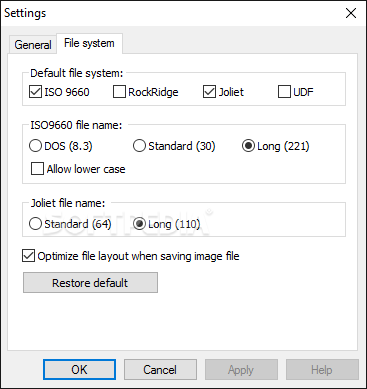

Your care team may also use various specialty wound dressings to prepare the wound to heal. These help prevent infection and prepare the wound to close. If you are not being transferred to a burn center, your care team may select from a variety of topical products for wound healing, such as bacitracin and silver sulfadiazine (Silvadene).

You may need morphine and anti-anxiety medications - particularly for dressing changes. You may need intravenous (IV) fluids to prevent dehydration and organ failure. Your care team may use techniques such as ultrasound mist therapy to clean and stimulate the wound tissue. Medical treatmentĪfter you have received first aid for a major burn, your medical care may include medications and products that are intended to encourage healing. And they may need emotional support and months of follow-up care, such as physical therapy. They may need skin grafts to cover large wounds. People with severe burns may require treatment at specialized burn centers. The goals of treatment are to control pain, remove dead tissue, prevent infection, reduce scarring risk and regain function. They usually heal within a couple of weeks.įor serious burns, after appropriate first aid and wound assessment, your treatment may involve medications, wound dressings, therapy and surgery.


 0 kommentar(er)
0 kommentar(er)
